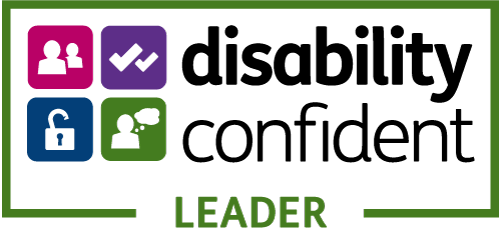
Our School Leaver course applications for September 2026 are now open!

Our School Leaver course applications for September 2026 are now open!
Search our website for news, courses, and general information
26th Mar 2020
Like many other colleges across the country, here at Abingdon & Witney College we are fully-prepared to face the task of taking many of our services online.
Virtual learning, whether entirely online or in a blended format, has become increasingly embedded within the College’s teaching and learning infrastructure. Accessible from both at home and on our campuses, our digital hubs and online collaboration tools are a constant feature of the student experience.
It’s more important than ever to remain modern and adaptable, to stay in touch with what’s expected from current and future students who are interacting with the world and each other virtually at an increasing rate.
Now in light of the Covid-19 outbreak and the closures of the College’s campuses, the opportunity is there for all to benefit from the robust digital learning and communication tools the College has in place.
“Our students are primarily using Microsoft Teams meetings to tap into online teaching, learning and assessment,” says Mark Breedon, Head of Digital Learning at the College. “They can arrive online for their lessons as they would do at college and check in with their teachers. With both live sessions and recordings of these sessions available afterwards, it means students are never without the resources they need for a positive learning experience.”
“They interact with a variety of online work and tasks, using a range of quizzes and platforms. And in most of our practical subjects, staff are recording practical “How-to” videos of skills and sharing with students, ensuring that the virtual learning is as engaging as possible.
Interactive tools, separate discussion areas for students, and full access to the College's library of resources online through ebooks go even further to extend our students independent learning capabilities.
The learning process is also two-way, with teachers tracking student progress and evaluating which methods and digital tech are working better than others.
Teachers and other staff have been collaborating and communicating as they would in person, with individual meetings conducted via Teams or phone, offering professional advice, problem-solving, and sharing digital learning ideas for virtual lessons.








